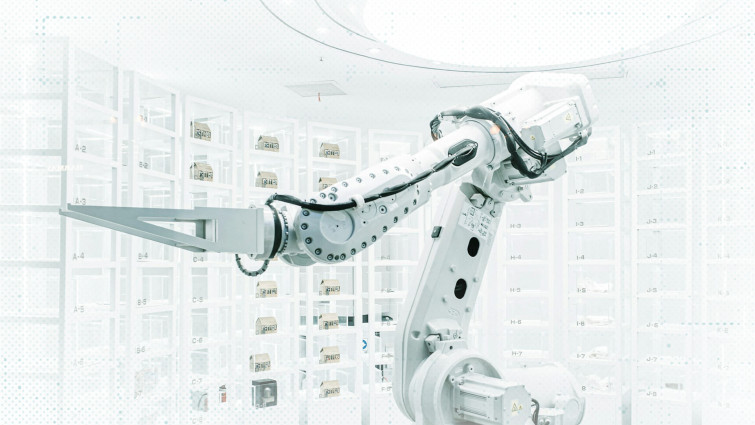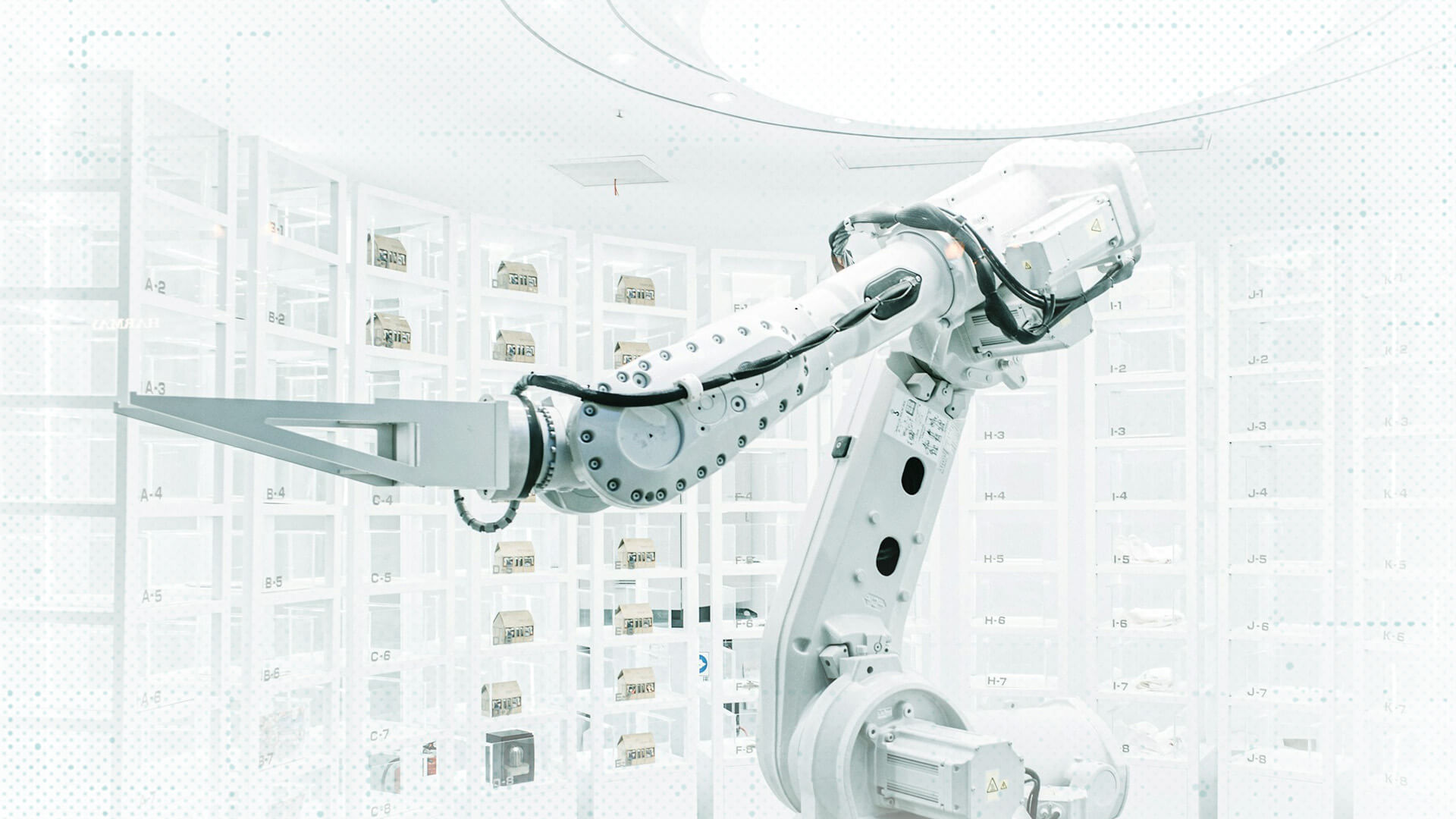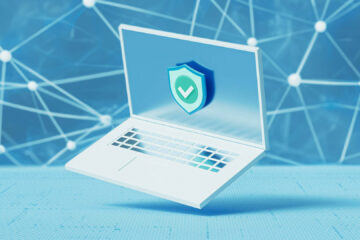Do you think operational technology (OT) threats are rare? Think again. Real-world incidents show that organizations in critical infrastructure can’t ignore the dangers posed by OT.
14 Mar 2025
•
,
4 min. read

Have you considered the impact of cyberattacks on operational technology (OT) systems? While data breaches and ransomware attacks on IT systems get all the attention, attacks on OT systems can have devastating real-world consequences. Just look at what happened in Ukraine with the BlackEnergy and Industroyer attacks. These attacks targeted energy infrastructure, causing blackouts and disruptions that affected the daily lives of residents.
IT and OT are not the same. IT manages information systems, while OT deals with the physical world, controlling industrial processes through systems like SCADA and PLCs. With the increasing connectivity of OT systems, cybersecurity risks have grown. Attackers can now target these systems from anywhere in the world, posing a significant threat to critical infrastructure.
Did you know that in 2022 alone, there were 68 cyberattacks that disrupted physical operations? The cost of such attacks can be as high as US$140 million per incident. These attacks come from both cybercriminals seeking financial gain and nation states with political agendas.
Why is securing OT so challenging?
OT systems have long lifespans, leading to compatibility and security issues. Manufacturers’ practices have been criticized for creating insecure products, with vulnerabilities that are not always adequately addressed. Additionally, OT teams prioritize availability and safety over confidentiality, creating difficulties in managing vulnerabilities effectively.
Other challenges in OT security include legacy protocols, outdated hardware, and software, as well as siloed IT/OT teams that create gaps in protection.
How can you secure OT systems?
Ransomware, data theft, and other threats continue to target OT systems. To mitigate these risks, a multi-layered approach focusing on people, processes, and technology is essential. Strategies include asset management, continuous vulnerability scanning, network segmentation, identity management, threat prevention, data protection, and supply chain monitoring.
Gartner has warned that threat actors could weaponize OT environments to harm humans by 2025. It’s crucial to prioritize cybersecurity in OT environments and follow best practices to ensure the safety and security of critical infrastructure.



